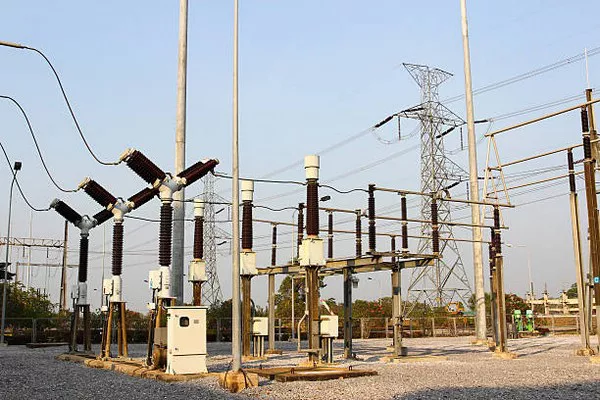Transformers play a crucial role in the efficient transmission and distribution of electrical power. These intricate devices are designed to handle high voltage levels, ensuring a smooth flow of electricity across the grid. However, like any other machinery, transformers require regular maintenance to function optimally. One of the key aspects of transformer maintenance is the timely replacement of transformer oil. In this article, we will explore the significance of transformer oil, the factors influencing its degradation, and the recommended intervals for oil changes to ensure the longevity and reliability of transformers.
Understanding Transformer Oil:
Transformer oil, also known as insulating oil or dielectric oil, is a specialized type of oil that serves as a coolant and insulation medium in transformers. It is essential for dissipating heat generated during the transformer’s operation and preventing electrical breakdown between the transformer windings. The oil’s insulating properties are critical for maintaining the transformer’s efficiency and preventing damage to its components.
Factors Influencing Transformer Oil Degradation:
Several factors contribute to the degradation of transformer oil over time, necessitating periodic replacement. Understanding these factors is essential for determining when to change the oil:
Temperature: High operating temperatures can accelerate the aging process of transformer oil. As the oil is exposed to elevated temperatures over an extended period, its chemical composition undergoes changes, leading to a decline in its dielectric strength and cooling efficiency.
Oxidation: Exposure to oxygen, especially at high temperatures, can cause oxidation of the transformer oil. Oxidation results in the formation of sludge and acids, reducing the oil’s performance and potentially causing damage to transformer components.
Moisture Contamination: Moisture entering the transformer can compromise the dielectric strength of the oil. Water content in the oil can lead to insulation breakdown, reducing the transformer’s reliability and lifespan.
Contaminant Buildup: Over time, transformers may accumulate contaminants such as dirt, dust, and metallic particles. These contaminants can adversely affect the oil’s properties and contribute to the formation of sludge, impacting the transformer’s performance.
Recommended Intervals for Transformer Oil Changes:
Determining the appropriate time for transformer oil replacement is crucial for maintaining the transformer’s efficiency and extending its lifespan. While there is no one-size-fits-all answer, several factors influence the recommended intervals for oil changes:
Manufacturer Guidelines:
Transformer manufacturers provide specific guidelines regarding maintenance, including recommended intervals for oil changes. Adhering to these guidelines ensures that the transformer operates within optimal conditions and helps prevent unexpected failures.
Routine Oil Testing:
Regular oil testing is a proactive approach to monitor the condition of transformer oil. Testing involves assessing key parameters such as dielectric strength, acidity, and moisture content. By analyzing the test results, maintenance personnel can identify signs of oil degradation and schedule timely replacements.
Operating Conditions:
Transformers operating under extreme conditions, such as high temperatures or heavy loads, may require more frequent oil changes. Environmental factors and the transformer’s load profile should be considered when determining the optimal replacement intervals.
Age of the Transformer:
The age of the transformer is a significant factor in determining when to change the oil. Older transformers may experience faster oil degradation, necessitating more frequent replacements compared to newer units.
See Also What Does A Step Down Transformer Look Like
Conclusion:
In conclusion, the timely replacement of transformer oil is a critical aspect of transformer maintenance to ensure optimal performance and longevity. Understanding the factors influencing oil degradation and adhering to manufacturer guidelines, routine oil testing, and considerations of operating conditions and transformer age are essential for establishing appropriate intervals for oil changes. By prioritizing proactive maintenance practices, utilities and industries can mitigate the risk of transformer failures, minimize downtime, and ultimately enhance the reliability of their electrical systems.

